Graham Reid | | 2 min read
Wheel (from Middle)
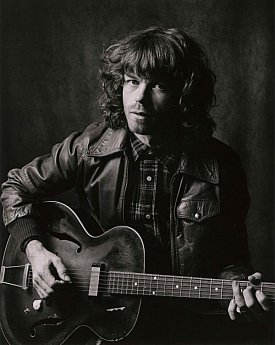
No sooner had Timothée Chalamet been announced as playing the young Bob Dylan in the bio-pic A Complete Unknown than internet naysayers weighed in.
The pretty boy from Dune playing Dylan?
Willie Wonka as Bob?
When the film arrived questions and complaints kept coming.
Why was Bob's girlfriend Suze Rotolo renamed Sylvie Russo?
(A. Dylan requested the change)
Why wasn't there more about Pete Seeger's wife Toshi?
(Because it's a film about Bob Dylan, perhaps?)
And why was Dave Van Ronk given such a minor part?
(Umm, see previous answer?)
A few said they should have made a documentary rather than a biographical film . . . and Dylan fans responded there had been any number, not the least Martin Scorsese's 200+ minute No Direction Home.
A Complete Unknown came out to mostly favourable reviews and was nominated in eight categories at the recent Oscars including best director for James Mangold and best actor (Chalamet).
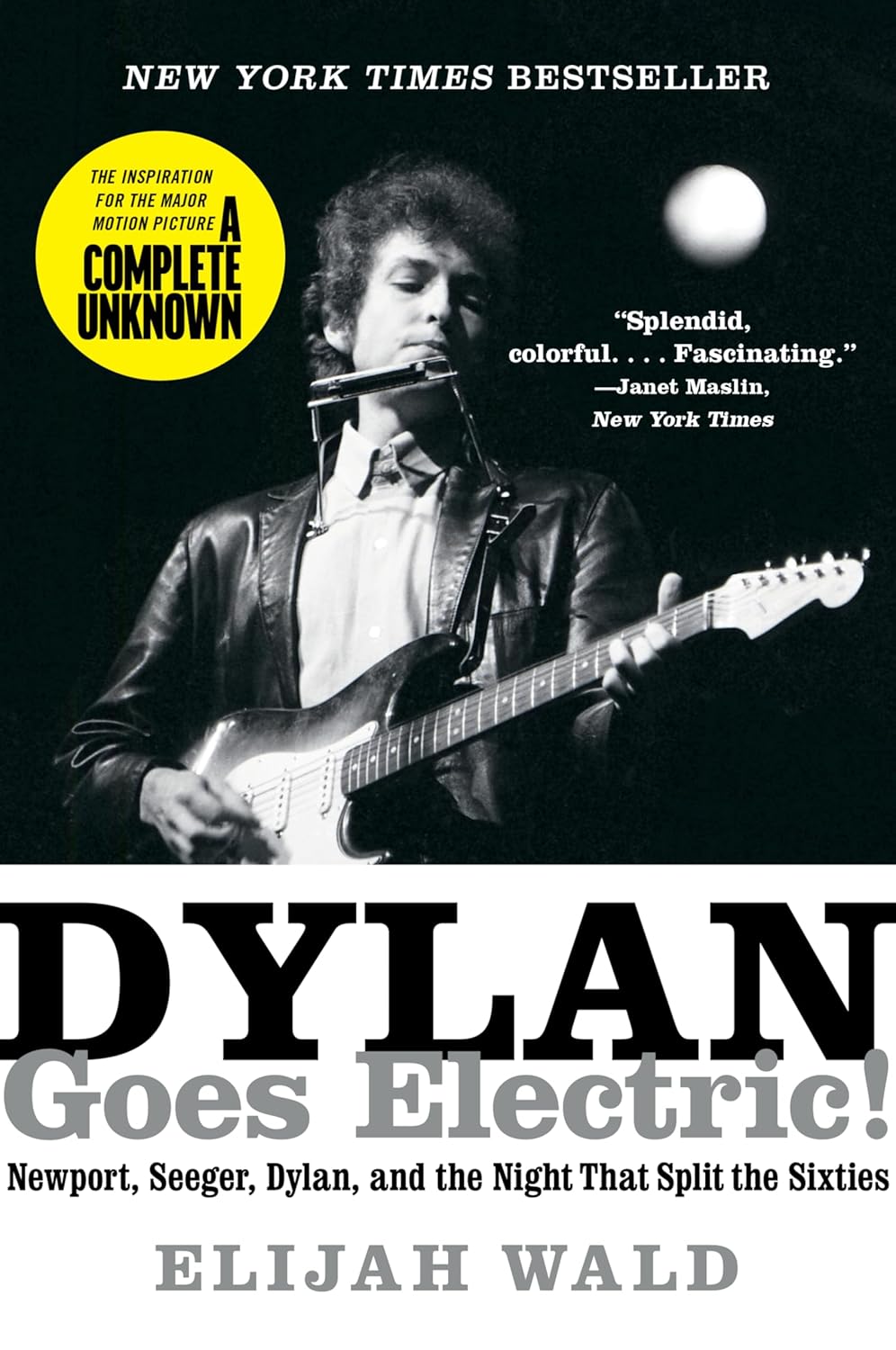 Although it didn't win any statues the film had an impact.
Although it didn't win any statues the film had an impact.
It prompted renewed interest in this pivotal period in popular culture, the insightful book the film was based on – Dylan Goes Electric! by Elijah Wald – shifted off shelves and Dylan's early albums started selling again, especially his 1964 The Freewheelin' Bob Dylan which included the enduring Blowing in the Wind, the depressingly timely Masters of War, A Hard Rain's a-Gonna Fall and Don't Think Twice It's All Right.
In the late 1960s when Dylan disappeared after a motorcycle accident in 1966 any number of emerging artists were touted as “the new Dylan”, the most successful being Bruce Springsteen.
Few today are billed as such – too many different Bob Dylans over the decades? – but his influence is everywhere.
The adjective “Dylanesque” usually referring to that exceptional run of albums – Bringing It All Back Home, Highway 61 Revisited, Blonde on Blonde – in the mid 1960 which redrew the possibilities of popular music.
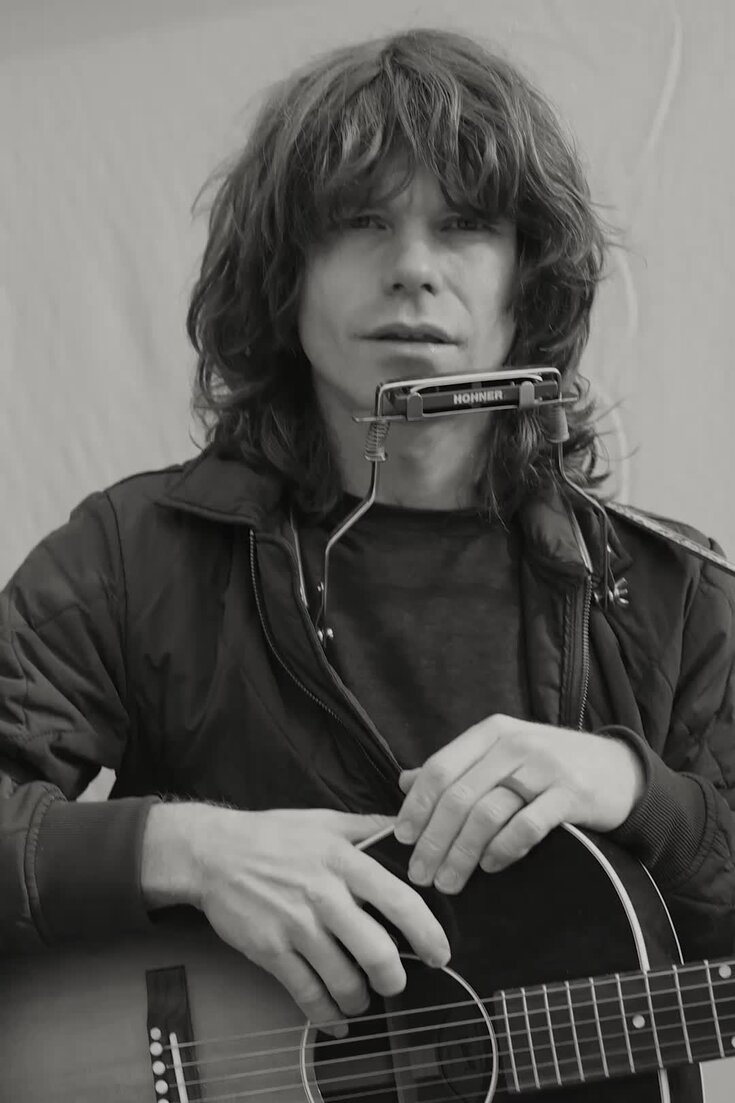 However one emerging artist – Jesse Welles from the Ozarks, 15 albums under different names since 2012 – has some of the young Dylan's anger, fearless political radar and a croaky folksy delivery.
However one emerging artist – Jesse Welles from the Ozarks, 15 albums under different names since 2012 – has some of the young Dylan's anger, fearless political radar and a croaky folksy delivery.
He's also been usefully vague about his background.
His War Isn't Murder song of last year about Gaza is an offspring of Dylan's Masters of War with more grim humour. “There's money at stake, even Kushner agrees it's good real estate. War isn't murder, ask Netanyahu. He's got a song for that and a bomb for you”.
In 2024 Welles released two country-folk albums – Hells Welles and Patchwork – with bleakly bitter songs about cancer, God, Abraham and Xanax, whistle blowers, fentanyl, Trump, Walmart . . .
Welles' caustic humour has rarely had Dylan's leavening of tender apolitical ballads and over the long haul his acerbic topicality could be wearying.
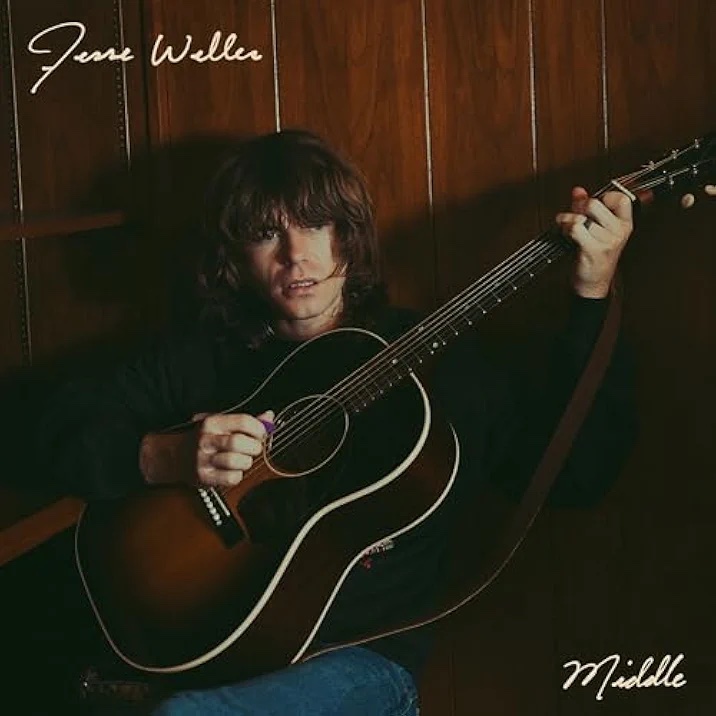 His latest album Middle finds him with a small band swerving even closer to Dylan in places (Horses with the fiddle player places him close to Dylan's Desire album) but Welles reins in the rage and although, the visceral impact of the album is lessened, it sounds the better for it.
His latest album Middle finds him with a small band swerving even closer to Dylan in places (Horses with the fiddle player places him close to Dylan's Desire album) but Welles reins in the rage and although, the visceral impact of the album is lessened, it sounds the better for it.
Welles – despite his appearance and acoustic sound – isn't a new Dylan.
There's none of Dylan's tender ballads and love songs, and over the long haul his albums have been too unvarying.
But he's certainly doing something rare in the largely apolitical climate of current popular music as he pours gasoline onto his acoustic-driven, hard-edged working class folk-rock.
He's "Dylanesque" and confirms what Bob proved 60 years ago: a voice and guitar can be a powerful combination.
.
You can hear Jesse Welles albums at Spotify here or on iTunes.

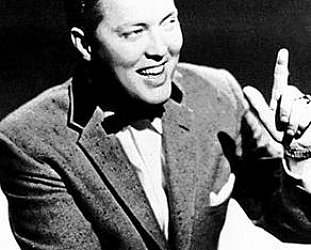
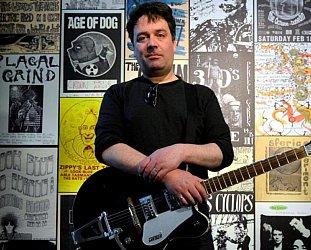

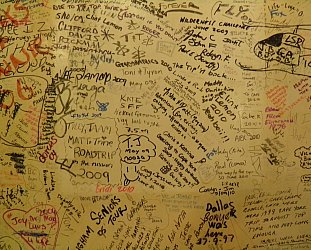
post a comment